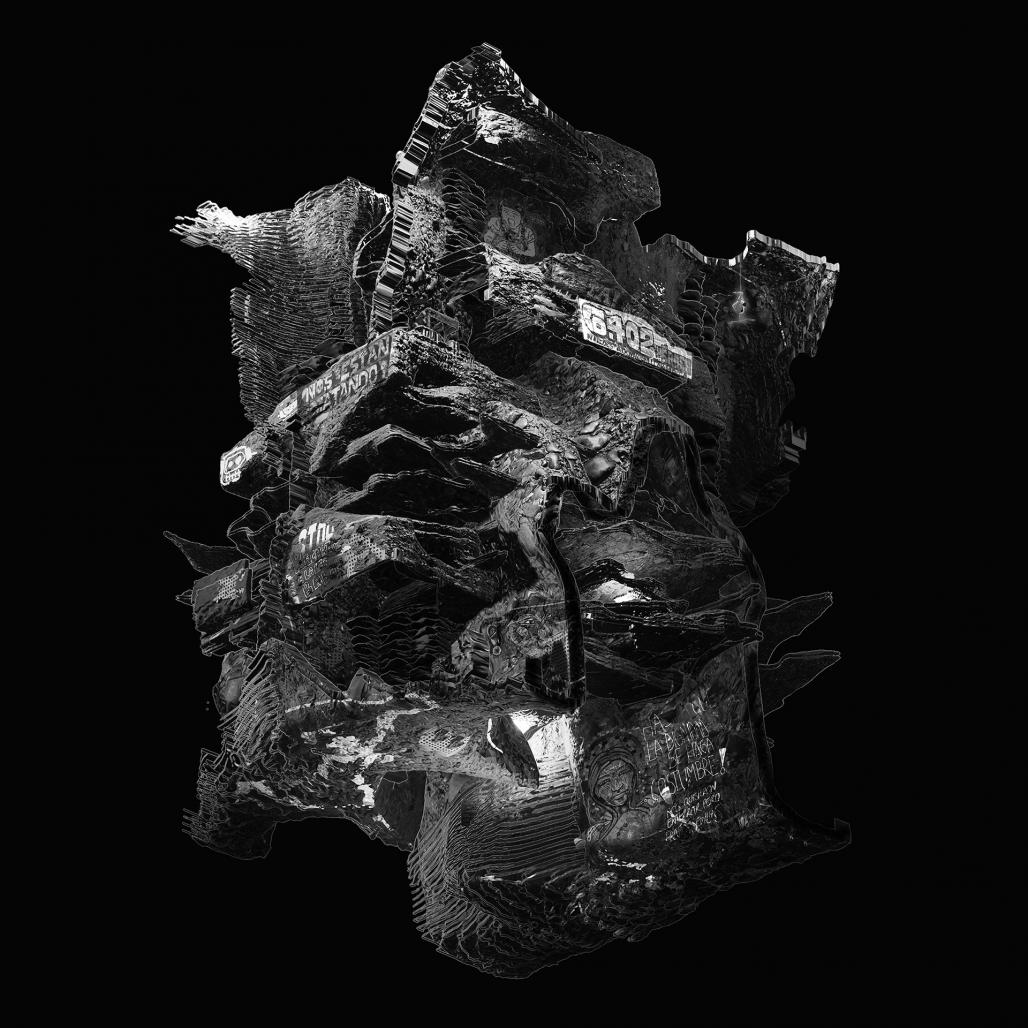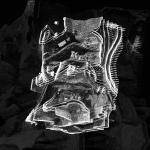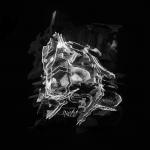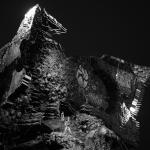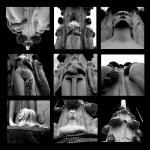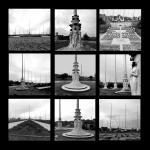Social archaeological Ruin is a speculative architectural proposal for public space and a place of cultural expression based on the reinterpretation of the monument to the flags located in Bogotá Colombia.
The monument to the flags consists of a series of 120 female sculptures (muses) arranged in 20 columns. This work designed by the Bogotá sculptor Alonso Neira reflects the main problems and qualities of Latin American society, starting from significant elements for each of these; A lightning bolt, a wheel, the sign of pi, the symbol of medicine, a sugar cane and a sword as concepts of wisdom, life, work, justice and progress.
Today the monument to the flags is an inhabited space to express the disagreements, needs and manifestations of the latest protests in the city of Bogotá, feminist groups have welcomed this monument as a space for the consecration, representation and reinterpretation of these muses adding their artistic expressions demonstrating these ideals. The faces of the muses today covered by black paint make them hooded, their bodies and curves have been tattooed by crowds who trace their disagreements on their skin and leave their marks, the muses of the monument of the flags have become witnesses of the passage of time and of our history.
Syncretism; Juxtaposition of ideals, times and stories.
These reinterpretations that this monument has been given as a society in these times, projected from its beginnings as a monument with a classical character that alludes to Greek architecture, have manifested what we understand as a new syncretism, a juxtaposition of ideals, history and different times.
Throughout the project we seek to combine the most prominent elements of our reference: the Greek architecture of the carving of the columns, the ornament with its organic geometry, and the body of women, which represents justice and femininity. By juxtaposing the aforementioned elements, it is possible to highlight certain gestures and expressions such as this woman's face, and the continuity between the silhouette of the body and the other forms of the composition so that the piece obtains movement. Through processes of subtraction and addition of matter, despite the fact that they are made up of such clean, pure, and organic elements of Greek architecture, each result acquires the strength, and even aggressiveness, or rebellion, with which it was resist and fight in Latin America. In digital translations, the elements end up going through the bodies of the pieces, thus representing the feeling of hopelessness and injustice.
Social archaeological Ruin
This speculative architectural proposal is a kind of cave projected to bear witness to time and our history, it is a rock where the ideals, disagreements, needs and identity of the society of the now that is projected into the future are shaped. It is an archaeological ruin built collectively generation after generation through the deployment of different artistic manifestations. This "hyper-artifact" or speculative building arises from the idea of the ruin that is built through socio-cultural expressions and the records of the passage of time such as humidity, dirt and rust through its use, deterioration and natural aging.
Although it may not have the sufficient category to be classified as a Monument or Heritage, we understand it as the cavern of the future, a public space covered today by graffiti like the petroglyphs of our time. A cavern composed of “historical” sediments that accumulate and overlap as geological layers. It is a stratification, an archive where each layer keeps the memory and the wounds of a time and a society.
2022
Speculative public infrastructure.
Students: Louis Amadeus Arteaga, Sofía Hernández, Jose Luis Acevedo
Tutors: Claudio Rossi, Daniela Atencio
Favorited 1 times
